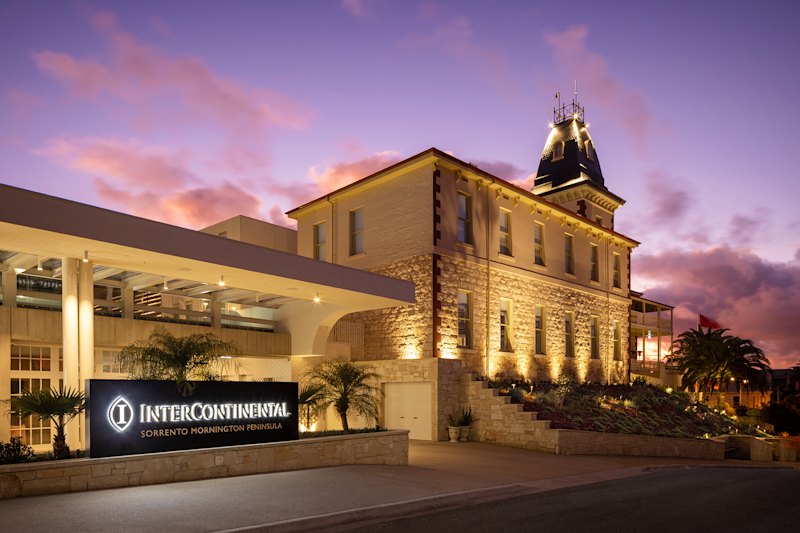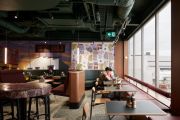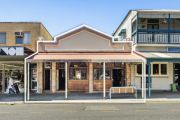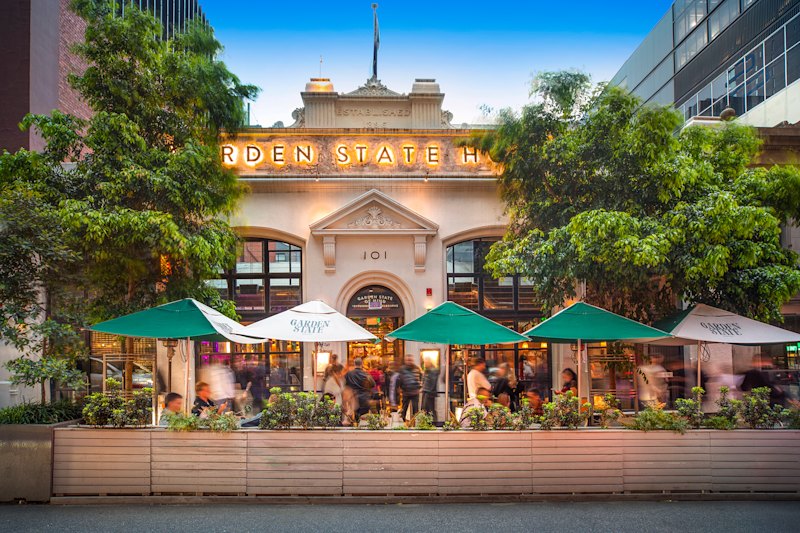
Queensland's property sector a bright light in state's post-mining economy
Queensland’s economy may still be suffering from a post-coal boom hangover but there are hopes a resurgent property and tourism sector may help kick-start a broader economic revival in the state.
With the Palaszczuk government’s second budget handed down on June 14 showing further a further $3 billion write-down in royalty and tax revenue, business leaders are hoping the worst is over and the former boom state will hit its straps again.
Along with Western Australia, the former boom mining state has been hit hard by a plunge in commodity prices, but industry is hoping Queensland’s more diversified economy will encourage other sectors to step up and kick-start economic growth.
The residential property boom in Brisbane has been a timely development for Queensland following the end of the coal boom three years ago.
Even though there are still 15,000 apartments in the pipeline, industry experts believe Brisbane’s residential property construction has peaked. The big question is what is going to step in to fill the economic gap.
The state government has big hopes for Star Entertainment Group’s $3 billion Queens Wharf development, which will reinvigorate Brisbane’s CBD near the parliamentary precinct with a casino and hotels.
However, it is not due to start until next year, after the completion of the new government executive building at 1 William Street.
Property Council of Australia’s Queensland executive director Chris Mountford said the residential construction boom still had another 12 to 18 months to play out in south-east Queensland, while the retail, office and industrial sector had been steady.
“But that strong construction cycle will continue to pull back. Every crane that comes down from the skyline, it’s unlikely another crane will go up in its place.
“The real question or challenge for government is what is there to come in behind that, and the obvious answer is increased infrastructure investment from government over the next 18 months to create economic opportunities and jobs.”
The cash-strapped Palaszczuk government’s refusal to sell public assets has hampered its ability to fund big infrastructure programs. The days of the $17 billion annual capital works program in the Beattie and Bligh governments are long over.
It follows moves in last year’s budget to freeze contributions to the scheme and redirect the money to invest in state-owned energy, port and water assets – a move that was criticised as a “smoke and mirror” accounting move.
Even though repatriating some of the $10 billion surplus could fall within the 5 per cent buffer range standard in the private sector, actuaries have warned Queensland could be putting its fully funded defined benefit scheme for public servants at risk.
Mr Pitt admitted Queensland’s economy faced ongoing challenges, but said Queensland was still a competitive tax environment to do business in, with an average $2697 in taxes per person, compared to $3463 for other states and territories.
The completion of the construction of the $80 billion liquified natural gas export industry in Gladstone has in some ways masked Queensland’s economic problems.
The state’s annual economic growth rate has managed to stay above 4 per cent the past few years and it is set to remain steady into the 2017 financial year.
But already the resources sector and state government are pinning the state’s economic future on the developing coal projects in the Galilee Basin.
Chamber of Commerce and Industry Queensland’s head of advocacy Nick Behrens said Queensland’s economy was drifting.
“If you take LNG out of the equation, the domestic economy has been contracting over at least the past two years, under both the current state government and the previous LNP government,” he said.
“You couldn’t really sustain the level of business investment that was occurring with these LNG projects. Even if you filter out the resources influence on those numbers, the broader business community investment has been contracting as well. The ABS state final demand figures indicate widespread difficulty over the domestic economy.”
The minority Palaszczuk government has survived a year and a half in power despite the defections of two Labor MPs, leaving it with the support of the crossbenches to pass legislation.
A spluttering economy could become its biggest headache ahead of the 2018 election.










